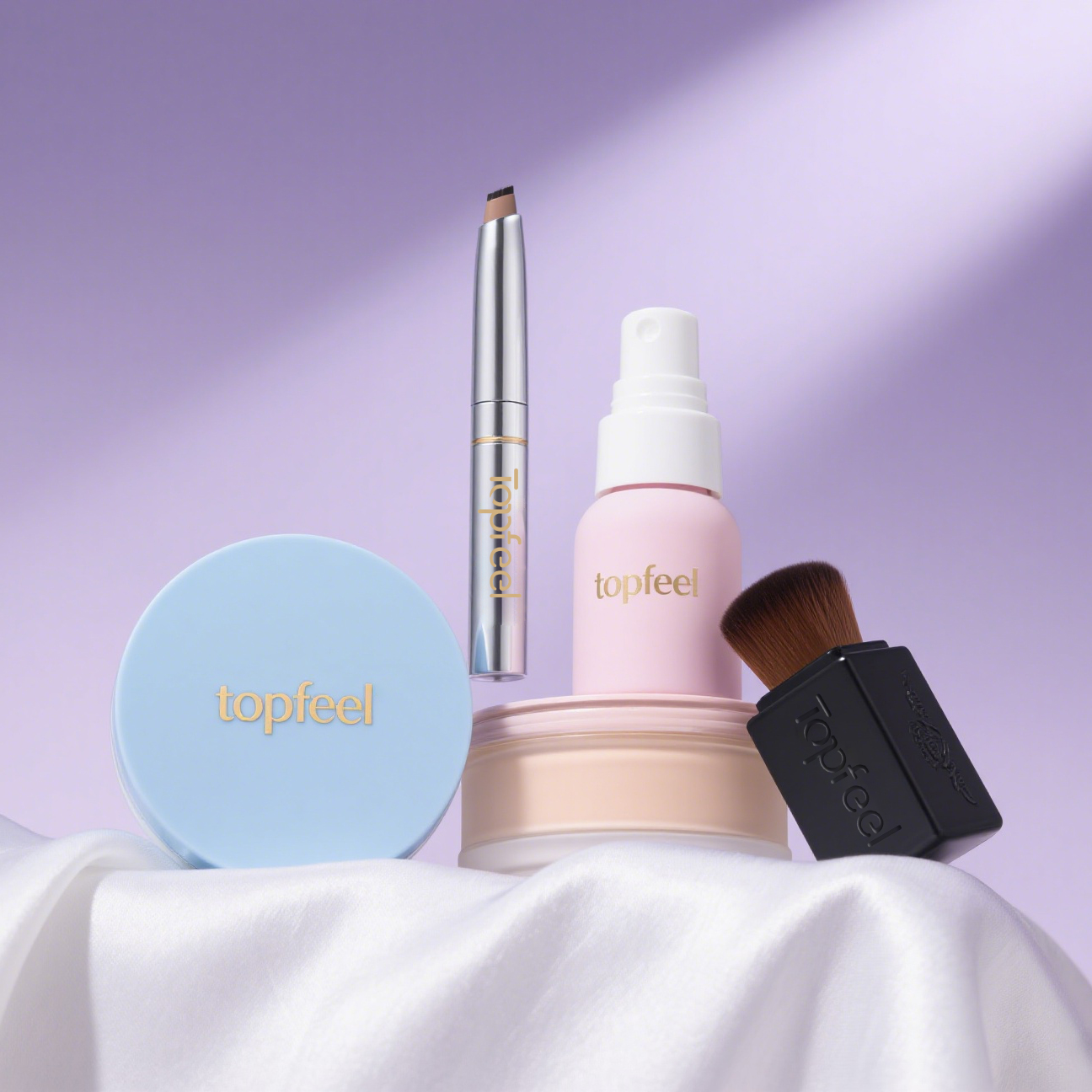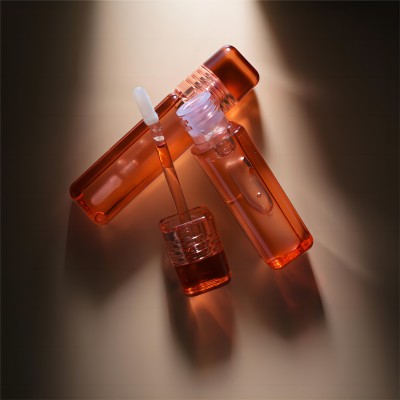Disposable Beauty Products Will Be Affected?
In this era of pursuing beauty and fashion, disposable beauty products have occupied a considerable share in the market due to their convenient and quick characteristics. However, while enjoying beauty, have we overlooked the environmental issues hidden behind these products?
An order issued by U.S. Secretary of the Interior Deb Haaland requires the department to implement this change on more than 480 million acres of public lands, 2.5 billion acres of Outer Continental Shelf coastal waters, and 750 million acres of National Marine Sanctuaries (accounting for 20 percent of the country’s land and waters) to reduce the purchase, sale, and distribution of single-use plastic products and packaging by 2032 Phase out these products and protect the public environment. (Note: Single-use plastic products include plastic and polystyrene food and beverage containers, bottles, straws, cups, cutlery and single-use plastic bags.)
In 2021, the first EU ban on single-use plastics came into effect. From then on, cutlery, plates, straws and swabs made from single-use plastics, as well as polystyrene packaging for food, may no longer be sold. In the EU, at least 15 per cent of packaging will be reduced by 2040. From 2030, in addition to the regulations for the catering sector, the compromise provides for a ban on plastic film for suitcases at airports and lightweight plastic bags in supermarkets, among other things.
What Are Disposable Beauty Products
Disposable beauty products are those beauty products that are designed to be discarded after a single use. These products are often sold as convenient, fast and hygienic, but their single-use nature has led to the generation of large amounts of plastic packaging and waste, placing a heavy burden on the environment.
Facial Mask: This is one of the most common disposable beauty products. Many face masks are individually packaged in single pieces and are disposable after use, which is convenient to carry and use, but generates a large amount of plastic waste.
Cotton pads: Cotton pads used to apply make-up, lotion and other skin care products are also usually disposable and are discarded after use.
Wet wipes: These include make-up remover wipes and facial cleansing wipes, etc. They are also designed with disposable packaging, which is convenient for cleaning but increases the burden on the environment.
Trial packs: a variety of samples provided in shopping malls or beauty salons, such as creams, serums, etc., are often also disposable to facilitate customers to try, but the same will produce a large number of plastic packaging waste.
Beauty tools: some simple disposable beauty tools, such as eyebrow pencil sets, eyelash curler replacement pads, etc., also belong to this category.
Environmental Hazards Of Disposable Beauty Products
First of all, these products usually use a large number of plastic packaging, and these plastic packaging is often casually discarded after use and difficult to degrade. This not only leads to the accumulation of a large amount of plastic waste, which puts enormous pressure on waste disposal and recycling, but may also pollute the soil and water sources. Over time, this plastic waste may also enter the food chain, causing long-term negative impacts on the ecosystem.
Secondly, the production process of disposable beauty products is also accompanied by energy consumption and carbon emissions. The production of these products requires a large amount of energy and water resources, and also produces a variety of harmful emissions that pollute the atmosphere and the environment.
In addition, disposable beauty products may contain chemical ingredients during use, which may pollute the environment if not handled properly. For example, certain facial masks or cosmetic products may contain heavy metals or other harmful substances, which may contaminate water sources or soil if they are casually discarded or improperly disposed of.
Lastly, the popularity of disposable beauty products has also aggravated the problem of resource wastage. The fact that these products can often be used only once has resulted in large quantities of raw materials being used in the production of short-lived products rather than in the manufacture of more durable, reusable alternatives.
Alternatives To Disposable Beauty Products
This mainly includes reusable beauty products, biodegradable or recyclable packaging materials, and digital and smart beauty solutions. These alternatives not only help to reduce environmental pollution, but also meet the dual needs of consumers for environmental protection and health.
Firstly, reusable beauty products are an effective alternative to disposable beauty products. For example, using washable cotton pads instead of disposable cotton pads and refillable cream bottles instead of disposable cream packaging. This not only reduces plastic waste, but also saves consumers money.
Secondly, using biodegradable or recyclable packaging materials is also an important way to reduce the environmental burden of disposable beauty products. Some brands have started to use biodegradable materials or recyclable paper products to replace traditional plastic packaging. Such packaging materials can be naturally decomposed or recycled after use, thus reducing the negative impact on the environment.
In addition, with the advancement of technology, digital and smart beauty solutions also provide new ideas to replace disposable beauty products. For example, with smart beauty devices, consumers can enjoy professional beauty treatments at home, reducing reliance on salons and the use of disposable beauty products. Meanwhile, some online beauty platforms also provide personalised skincare advice and product recommendations to help consumers reduce unnecessary purchases and waste.









